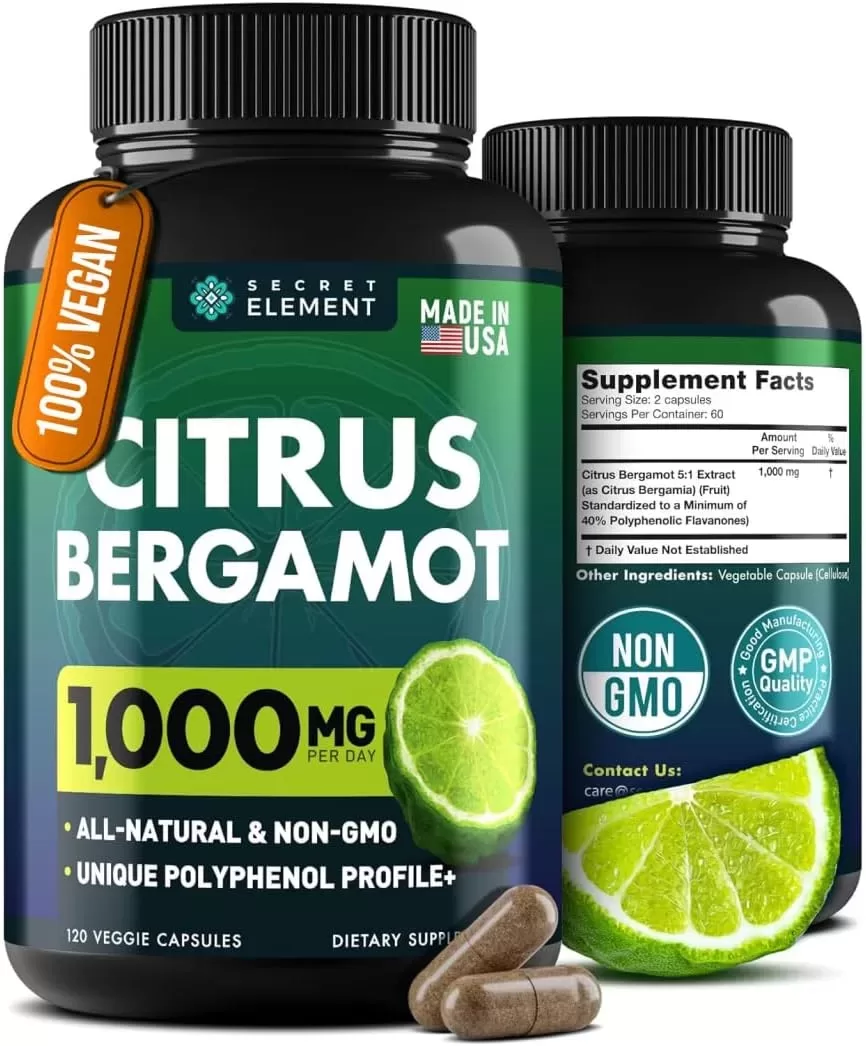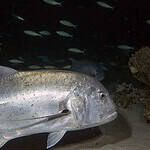Shaki meat, also known as tripe, is a popular specialty dish in many countries. It has a chewy texture, is served as a tasty stew, and is a Nigerian specialty, although it’s eaten worldwide. So, what is shaki meat, and should you eat it?
Shaki meat is beef tripe made from the beef stomach lining, and it is a safe food to eat. When properly cooked, shaki meat is nutritious and can help build muscles, speed up wound healing and strengthen the immune system.
This article will explain what shaki meat is, how to properly cook it, and the health benefits of tripe. It will also debunk myths related to shaki consumption and provide medically-backed facts on the nutrition benefits of eating shaki meat. So, let’s get started!

What Is Shaki Meat or Beef Tripe?
Shaki meat is the Nigerian Yoruba language’s name for beef tripe or a cow’s stomach lining. It has a tough and chewy texture and is often softened through long, slow cooking. Beef tripe is a popular Nigerian specialty dish and served as a stew or soup.
Shaki meat is not meat as most people know it. Instead, it is classed as offal which refers to the organs of sheep, cows, and other animals. While many people hesitate to add offal to their diets, offal products like shaki are an excellent source of protein and essential vitamins and minerals.
Shaki meat usually refers to the dishes prepared from the cow’s stomach lining, although sheep and hog tripe are also eaten in certain countries. Shaki meat, or the “towel” as it’s called, usually refers to the spicy beef tripe dishes in southwest Nigeria.
Variations of shaki meat are popular throughout the world. It is known as “callos” in Spain and has been eaten for centuries.
It’s also popular in Nigeria, where it is served as a stew or soup and eaten as a specialty food. Some dishes of tripe involve deep-frying or grilling the tripe, but these are rarely eaten due to the tough nature of tripe meat.
Shaki is usually served with seasonings such as:
- Onions
- Herbs
- Vegetables
- Spices
It can be eaten with bread, rice, or maize pap and is usually served as a hot soup in winter and a tasty stew in summer.

Is Shaki Dangerous or Safe To Eat?
Shaki is safe to eat as long as you prepare it properly and use it before it goes bad. Shaki meat is tough, and undercooking it can cause health problems. It also contains high cholesterol levels and isn’t suitable for those with high cholesterol. (Source: AHA Journals)
To properly prepare shaki, you’ll have to slow cook it in a soup or stew. This will soften the texture and aid with digestion. Avoid cooking it with high heat levels since it will only cause the moisture to burn out, and the tripe will remain hard.
Prepare tripe in a pressure cooker to speed up the cooking process.
Also, remember that beef tripe sold in most stores are precooked and bleached to remove impurities. Always wash it thoroughly to remove any bleach residue before cooking. Before cooking, avoid storing fresh beef tripe in the refrigerator for more than two days.
Once you cook it, you can store it for a couple of days before it goes bad.
Beef tripe has a strong smell, which can be too much for some people to handle. However, the strong smell is natural and doesn’t mean there’s anything wrong with the shaki. If you prepare it hygienically and use it before it goes bad, you shouldn’t have any health problems from eating shaki.
The Shaki Blindness Myth
There’s a common myth circulating in Nigeria that links shaki to blindness. There are variations of this myth, with some claiming that when shaki soup splashes in your eyes, it could make you blind.
Others claim that simply looking at it too closely can disrupt your eyesight.
While there’s no proven evidence for the second claim, the first claim does hold some truth. Shaki is often served in hot stew or soup, and most people who eat it for the first time will look at the shaki meat closely.
This may cause the soup to splash into your eyes, impairing your vision. If this happens, wash thoroughly with cold water and get medical attention.
However, if you don’t do anything too reckless, you shouldn’t worry about the shaki blindness myth.

What Are the Benefits of Shaki?
The benefits of Shaki are that it is rich in protein and essential vitamins and minerals, making it a healthy addition to your diet. It can help build muscles, improve red blood cell formation, boost the immune system and speed up wound healing.
Shaki meat contains high levels of Vitamin B12, Iron, Zinc, and Selenium, amongst other nutrients. These nutrients are essential to a healthy functioning immune system and play an important role in cell growth.
A single serving of cooked shaki meat contains 33% of the total daily selenium required for adults and can help boost brain functioning and mood. (Source: Food Data Central)
Shaki meat is also a protein-rich food and contains all the essential amino acids required for healthy cell formation. These proteins help with tissue repair, fluid balance, and immune system functioning.
How shaki is cooked will also affect its nutritional value. Shaki can be roasted or fried, but these methods don’t make it soft and will result in a loss of nutrients. Slow cooking shaki can help soften the meat, making it more digestible.
However, it can also result in a loss of Vitamin B, so slow cooking is still one of the healthiest methods of cooking meat. (Source: Healthline)
On the other hand, pressure cooking will help retain more of the nutritional value of the meat while making it soft for digestion. So, if you want to get the most out of your shaki meat, pressure cooking is ideal.
If you’ve never heard of shaki before and want to try it out, then go ahead! Packed with nutrition and high in proteins, it’s a great addition to your diet.












Comments are closed.